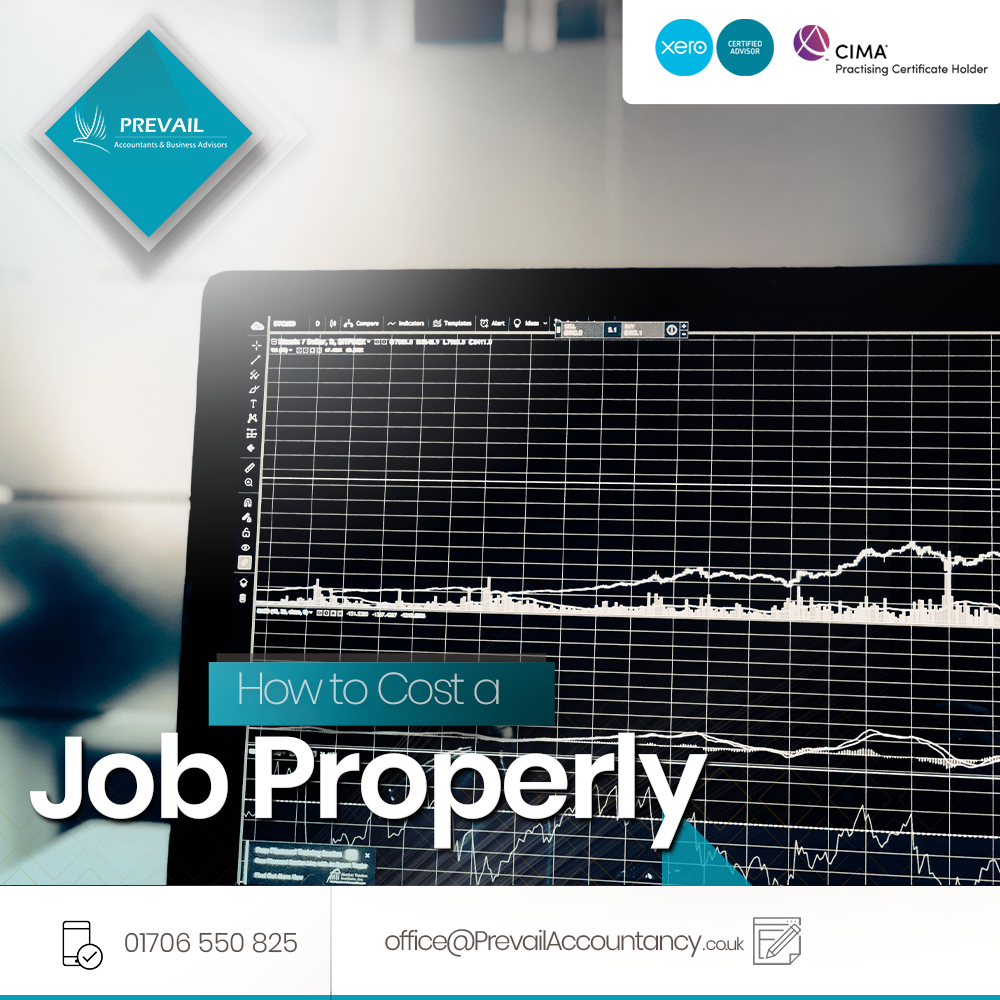Is the current economy to blame for the construction companies going bust?
Is the economy to blame for construction companies going bust?
Let us look closely and find a solution to prevent it.
We read in the news and construction magazines how many companies went under due to inflation, labour cost, supply problems and materials cost rise.
But we also can see companies who thrive and reach good profits despite the so-called crisis.
What is their secret, and what can we learn?
The economy is like a rollercoaster in the long – run. We have Booms and Recessions, which is a natural, expected trend.
Above all the current problems with inflation and the cost of materials, the construction industry has issues and challenges to tackle, which have little to do with the economic climate. Yet still, the story repeats itself.
I want to focus on these main issues faced by the construction industry and discuss ways to improve them
Lack of control over project costs and overspending.
Cost is the biggest problem faced by most small and medium construction businesses. Cost control is crucial, but many companies don’t use the proper tools to manage their projects.
If a contractor sends bills only quarterly to an accountant, pays for whatever is needed and doesn’t calculate variances, extra time, idle time, overspending, or travel costs. The list goes on – it indeed leads to a loss. The information on how much we spent – months after it happened – is useless.
The question is: Do you realise you may be losing money on a project?
When the times are good, we spend more. But spending more and being aware of it is another story. Once we know how much we spend – we can adjust the spending to the situation; we become more flexible.
How many people can’t say no to having less? Well, we need to be mindful. Sometimes less now is more in the future.
The key to better financial control and performance is to have proper tools and an excellent team to manage the cost in real-time. Having the tools and not using them properly won’t solve the problem either.
Every cost must be allocated to a project in real-time and compared with a budget.
This action will enable you to avoid overspending and recognise any variance (good or bad).
There are tools available on the market. Cloud technology is the solution to real-time, less paperwork and doing the work on time.
Lack of project cash flow
Cash flow can be a killer, especially in the current economic climate. Without a budget, we can only guess. And if you are lucky, you succeed, but if anything goes not with the plan – you are doomed to sink with your precious ship.
If you don’t know how much money you need to finance the project and what your margin of safety is, you pretty much walk into stress due to the unknown.
The project cash flow is needed and is not rocket science to prepare. Again, with a good team, you can manage this process.
The steps you need to take as a Contractor:
- Estimate the time of the project – you may build a critical path and a Gantt to see how much time it will take to complete the project
- Estimate your labour cost – it will clearly show how much you will spend on your workforce and when you will pay the wages.
- Calculate the cost of your sub-contractors and the time when you will pay them
- Calculate the cost of materials and allocate them on your timeline. This will help you to see when you need money.
- Now you can see when you need the money and negotiate how and when you will be paid. If your terms are strict on payments from a customer – you will see how much money you may need upfront to finance the cost of materials and labour – before getting your first payment.
Taking on a loss-making project
There are three essential elements of every project:
- Time
- Quality
- Cost
Let us focus on time this time as the main factor.
Scenario: You, as a Contractor, took on a project with a gross profit of £30 000.
This project duration is three months; it is your only project during this time.
Your monthly overheads, which needed to be covered by the project’s gross profit, are £12 000 and include your salary, admin staff salaries, insurance, rent, motor expenses, marketing, and telephone. That means you need at least £12 000 x 3 = £ 36 0000 to break even.
The project brings you a £6000 loss in this scenario. You have a few options here to consider:
- Reduce the time of the project (speed may decrease the quality and cause extra costs for future reworks)
- Reduce costs and increase your margin (quality will suffer)
- Do not undertake this project.
Many construction companies face such a situation due to a lack of project budget and calculating profit margin for the project.
The solution to this is to follow six steps:
- Estimate the time for the project
- Estimate the costs
- Calculate the gross profit margin (Sale price – direct costs)/ sale price
- Calculate how much of your overheads need to be covered by the project
- Calculate the margin of safety (profit above breakeven)
- Decide upon taking the project.
4. Lack of the positive mindset
The mind is what drives us forward. Fear usually takes over when we think of failing, and we stop thinking clearly.
I have been to many board meetings in the last 16 years, and the pattern is always the same.
What makes companies succeed is their company culture, positive attitude, and integrity.
We hear many people complaining and blaming the government, economy, war, and so on. But many don’t realise that every one of us can make a positive change.
Companies run by good leaders who don’t take complaints on board– thrive and become more profitable year by year. They are organised and don’t let any negativity fall through the roof.
That is the main reason why some succeed and others don’t.
This article covered the three most significant challenges construction companies face.
I hope it clarifies the problem of companies going bust. As we can see, it is not only the economy to blame but a few other factors. If Contractors take proper steps and improve their business processes, they may thrive in more challenging times and be much more successful when the times are good.
We need to look at the positive side of every situation. Let us use this time to review our processes, spending, and ways to control the projects. This action will help us to grow, improve and succeed in the future.
Katarzyna Machalinski ACMA
Chartered Management Accountant


